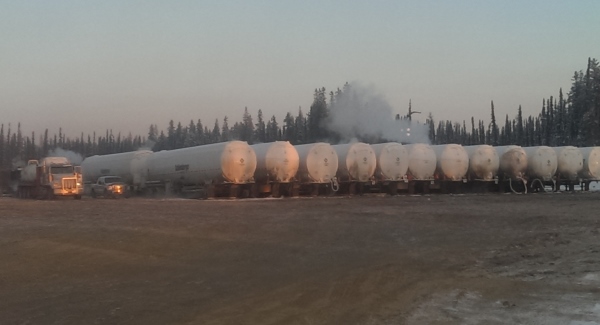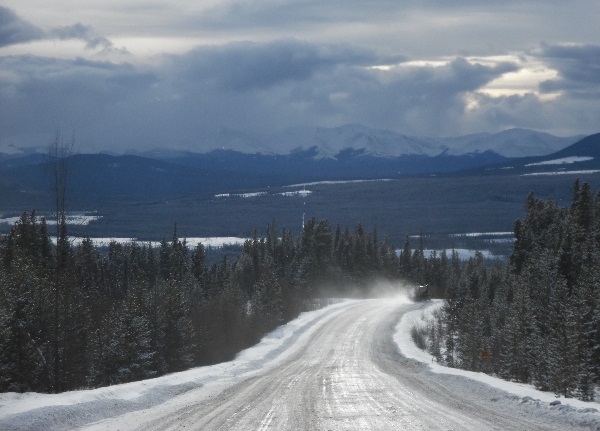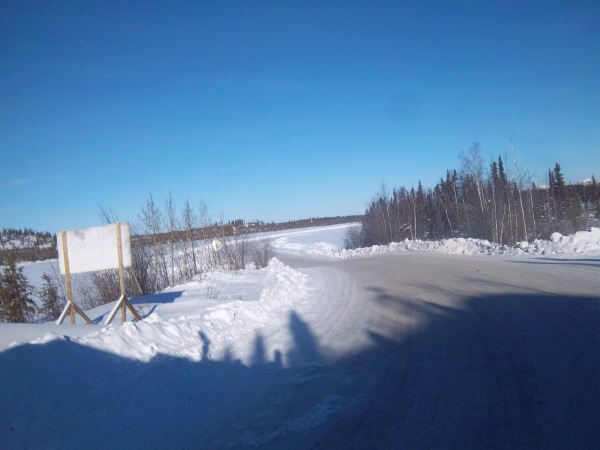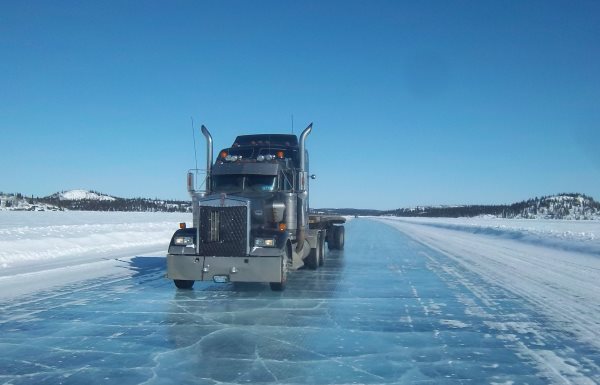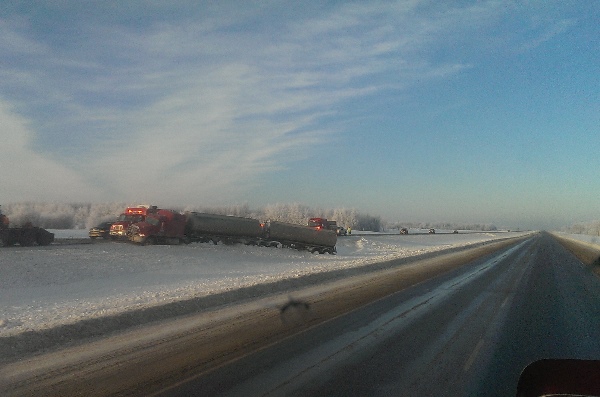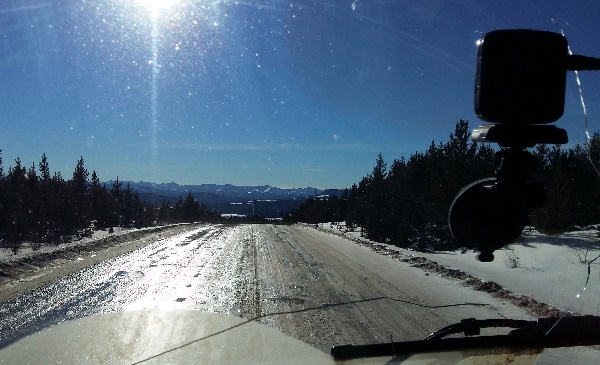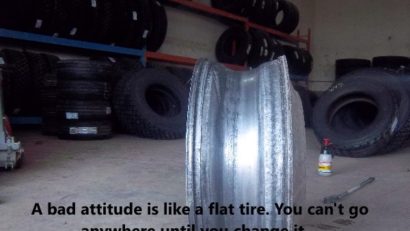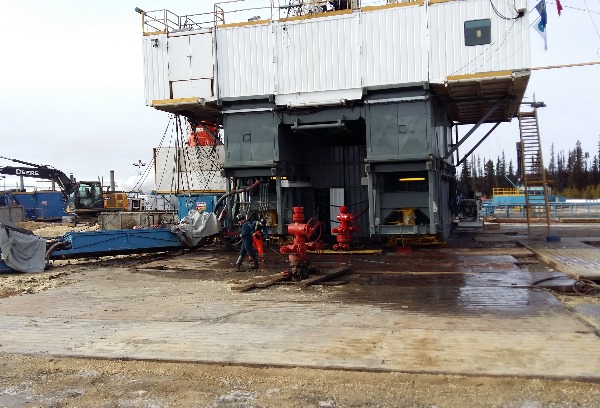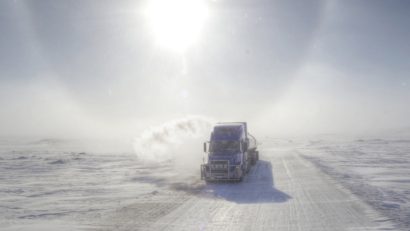Growing pains of superfracking
These advances in drilling and servicing place a large demand on the rest of the fracturing business infrastructure to be able to “Keep up”. (It’s the snowball effect.) Even though commercial fracturing has been around for over 60 years, the snowball has only recently been pushed down the hill.
Growth like this means companies that focus on just “Keeping up” can become obsolete very quickly. Service providers really need to have the foresight and ability to provide for needs 10 times or more of what they currently are.
Fracking has now become superfracking similar to a way a freighter becomes a superfreighter. It’s all about bigger, better, faster. You can build the largest ship in the world, but the suppliers have to have the products to fill the ship, while the canals and piers still have to accommodate the size of the ship.
The industry responds
A large part of the challenge to keep up with superfracking is with the supply and storage of frac materials. There’s been numerous frac sand mines opened in recent years to increase the supply of fracturing sand. Wisconsin in particular has seen a large boom in this area with well over 100 mines in operation as of 2015.
This places more demand on the rail systems and transload facilities to store and handle the products, while adding more demand on transportation companies to get the Sand to the field. Cryogenics like Co2 and nitrogen are experiencing the same issues and frequently experience shortages during busy times.
In the field, an oilfield well site (Lease) has to accommodate the large amounts of frac sand, co2, nitrogen, water, chemicals, and other products needed each day. Superfracking takes place over many days or even weeks on multi well pads, so keeping up everyday is challenging.
Check out this link for an idea of how big the jobs can get.
Here’s an example of a typical multi-well pad job in Northern Alberta or British Colombia.
Let’s say there are 6 wells drilled and each has 15 separate zones. If each zone required 120 tons of proppant, the amount of sand required would be 1800 tons a well. If we multiply that by 6 wells we get a grand total of 10,800 tons of sand. That’s a lot of sand considering each single trailer is able to carry about 25 to 35 tons.
There’s no temporary storage method at the time of this article being written that can store more than a few thousand tons of proppant at any given time, so these supplies need to be replenished every day by large fleets of trucks.
Storage and transport have done quite well with their own developments in the last few years to answer the needs of the industry. Telebelts were introduced in 2010 have been utilized as a safer and more efficient way of moving frac sand on location. If you’re interested in learning more about the benefits of Telebelts over pneumatic (Air slide) systems, you can check out our 6 part series on Telebelting frac sand.
Ammos field solutions in Alberta has a sand storage unit with a capacity of 1800 tons. Cal frac developed their own system called “Sandstorms”. It utilizes an advanced large capacity storage system designed to work with the Telebelts. It’s one of the most efficient set ups for frac sand in the industry to date.
Water is a whole other matter. The requirements for superfracking have pushed the industry to develop new methods of supplying and storing water. Smaller fracs were much more simple with large temporary tanks set up on location. There may have been 4 to 6 of the 400 barrel tanks on location at one time. That increased to 10, 20 or even more tanks until it eventually became a issue of space on location, refilling requirements, and trucking costs. Tank setups are no longer sufficient to keep up with superfracking.
Small lakes, temporary ponds, pools and c-rings both off site and on have been replacing the the tank system. Water can be pumped from lakes or ponds through temporary lines from many km’s away. It’s run through a filtration system and pumped into a smaller tank set up on location. Recycling the water is common practice now as water consumption has become a major issue.
The need for storing Co2 and nitrogen has also grown with superfracking, but they require special pressurized trailers to store these products. (Which means more of them on location.) Large Co2 vessels that can store 2 to 4 normal truckloads are referred to as “Queen” units and similar vessels for Nitrogen are called “King” units.
It takes a large fleet of trucks to keep a superfracking job flowing smoothly and one weak link in the supply chain can shut down the whole job. That’s our take on superfracking in a nutshell.
Hopefully you understand some of the huge changes and understand that we couldn’t possibly cover everything in this article. The idea was to take a look at the relatively new term “Superfracking” and be able to explain why it’s being used today.
We leave you with this quick video of a Telebelt operation of moving frac sand at over 3 tons per minute. This is much more efficient than using pneumatic systems.
